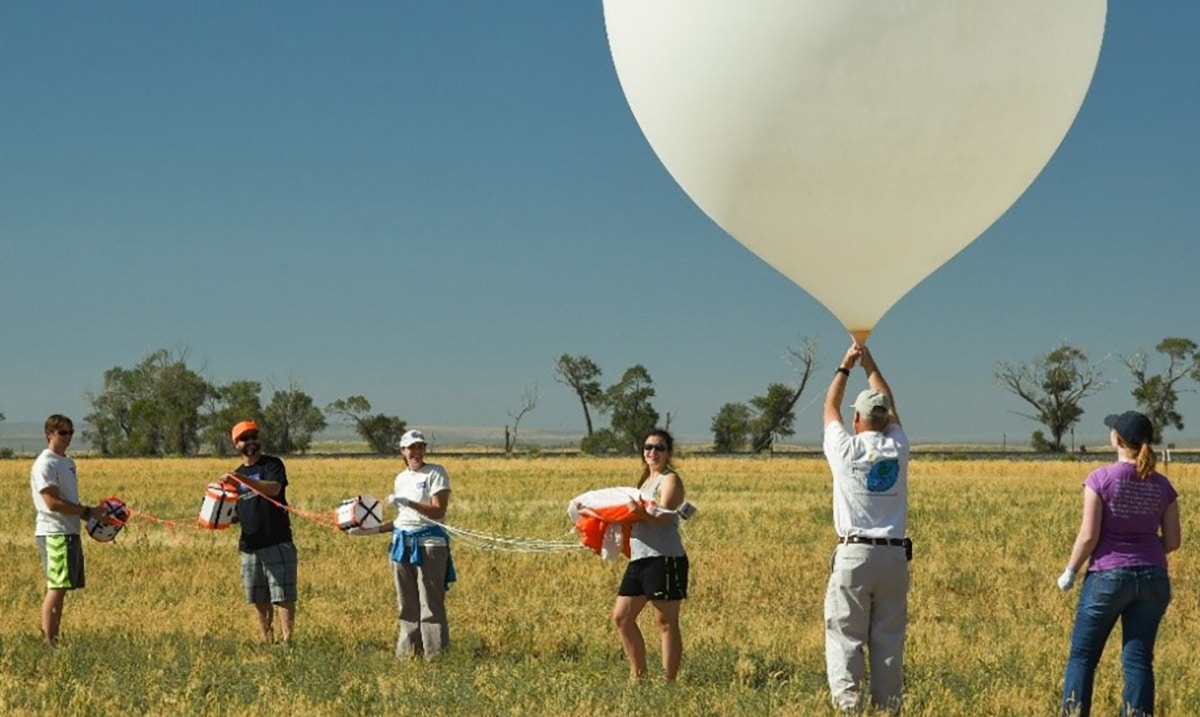An ensemble of four computer models evaluated river runoff, wind patterns, and other factors affecting the extent of oxygen-poor waters near the Mississippi River’s mouth. This year’s dead zone will take over an area of the ocean the size of Connecticut, and there has been no progress in finding a solution.
The problem is tied to industrial-scale meat production. To churn out huge amounts of chicken, beef, and pork, the meat industry relies on corn as cheap feed. The U.S. grows about a third of the globe’s corn, the great bulk of it in the Midwest, on land that drains into the Mississippi River. Every year, fertilizer runoff from the Midwestern farms leaches into the Mississippi and makes its way to the Gulf of Mexico.
Intended to feed the nation’s vast corn crop, this renegade nitrogen instead feeds vast aquatic algae blooms in the early summer. When the algae blooms die and decay, they tie up oxygen from the water underneath. As a result, “habitats that would normally be teeming with life become, essentially, biological deserts.”
If this year’s dead zone turns out to be as large as expected, about 6,800 miles, it will be more than three times larger than EPA task force’s maximum target of around 2,000 square miles. And no progress has been made for a solution.
The fertilizer runoff does more than blot out sea life in this crucial beleaguered ecosystem. It also fouls people’s drinking water in cities throughout the Midwest, including Des Moines, Columbus, and Toledo.




